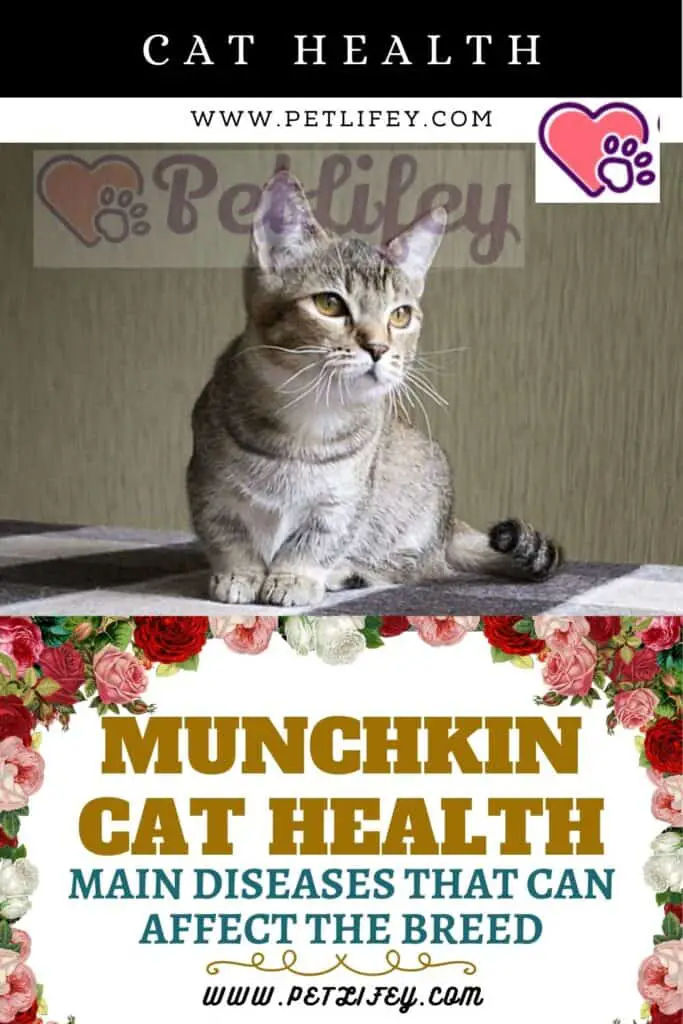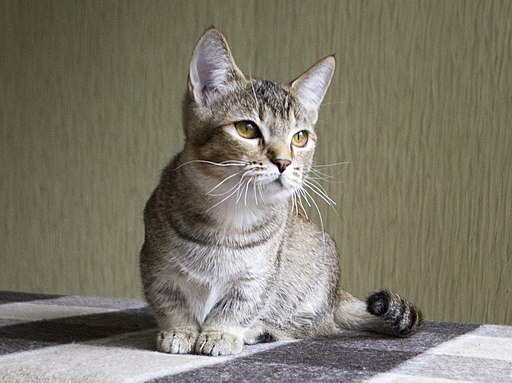Munchkin diseases, the most common health problems in this cat breed. Let’s find out which ones can be the most frequent.

In this article we will find out which are the diseases of the Munchkin, or the most common pathologies that can affect this breed of cat of American origin and very characteristic.
The Munchkin is distinguished by its short legs, the result of a natural genetic mutation, or the result of a hereditary disease.
Some scholars argue that due to this leg deformity, this breed is prone to certain pathologies.
Others, on the other hand, are of the opinion that the characteristics of the cat do not represent any limitations and do not make it more prone to health problems than other feline breeds.
Diseases of the Munchkin: most common pathologies

The Munchkin is a cat breed born in recent years, it gained championship breed status in 2003.
The Munchkin is a medium-sized cat but can also grow to large, it is massive with a particularly elongated but rounded body.
The standard includes particularly large ears, almond-shaped eyes and a tail as long as the body. There are two varieties of this breed, it can be short and very soft (Munchkin Shorthair) or medium and silky (Munchkin Longhair).
However, the main feature is the short legs but able to run, climb and jump like any other cat.
Precisely because of its physical structure, this breed is predisposed to genetic diseases such as:
- lordosis: In many cases of spinal problems found in cats are congenital malformations of the spine and vertebrae. In this case an anterior convex curvature of the spine. Specimens suffering from lordosis often die at a young age. You will need to give your vet a full history of your cat’s health and symptom onset. A full physical exam will be performed. X-rays of the spine (including all vertebrae) can often reveal the exact malformation. Munchkin kittens suffering from lordosis can be mild or severe, and if it is severe enough, the kitten will not live beyond three months of age;
- kidney polycystosis: small cysts on kidney and sometimes liver tissues that tend to enlarge. It occurs around 7 years of age, with increased thirst, increased urinary frequency, decreased appetite. But also vomiting, blood in the urine and respiratory fatigue. It is a disease with a slow course which with the appropriate measures can leave the cat several years of life, but in any case it does not heal. Therapy generally consists of the use of supplements and adequate nutrition. In these cases, early diagnosis is what can extend the life of your four-legged friend. Allowing to prolong the functioning of the kidneys as much as possible;
- pectus excavatum is a congenital anomaly of the thoracic cage, at the level of the sterno-costal plane, which consists of an inward angle of the sternum, towards the vertebral column;
- a rthrosis or osteoarthritis is a degenerative disease that affects the joints of the cat. Affected Munchkin cats often exhibit behavioral changes. A certain reluctance to move, avoiding big jumps or not wanting to get up after a long rest period are other possible signs of osteoarthritis in cats.
Other common diseases in cats can be:
- Allergies
- Chlamydiosis
- FeLV
- Heartworm
- Fip
- Fiv
- Giardiasis
- Hyperthyroidism
- Rhinotracheitis
- Toxoplasmosis
In front of these pathologies, no kitten is unfortunately immune but luckily there are vaccinations for many of them.






